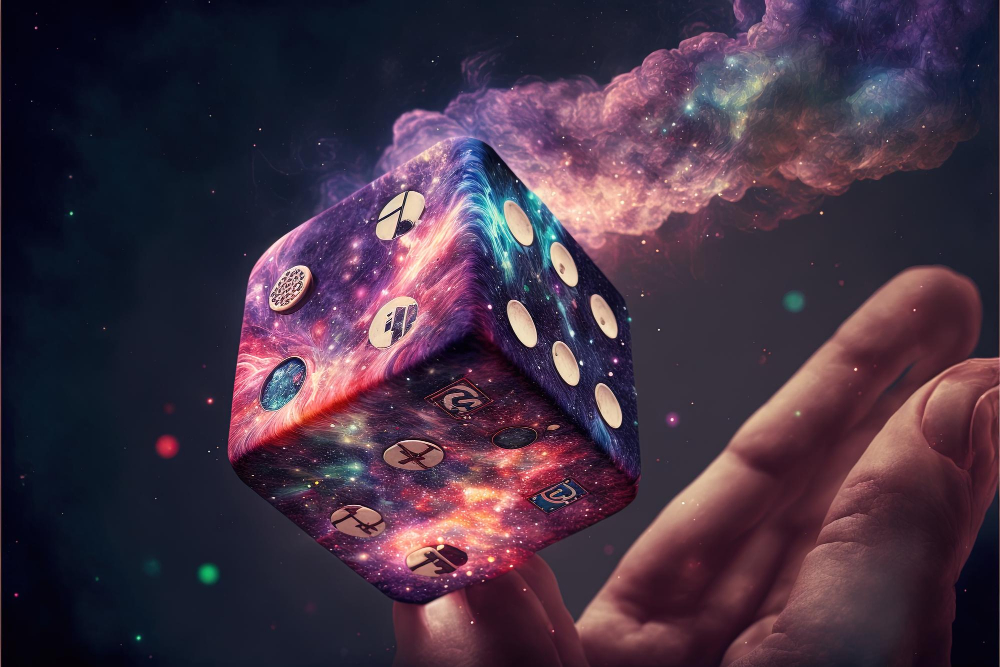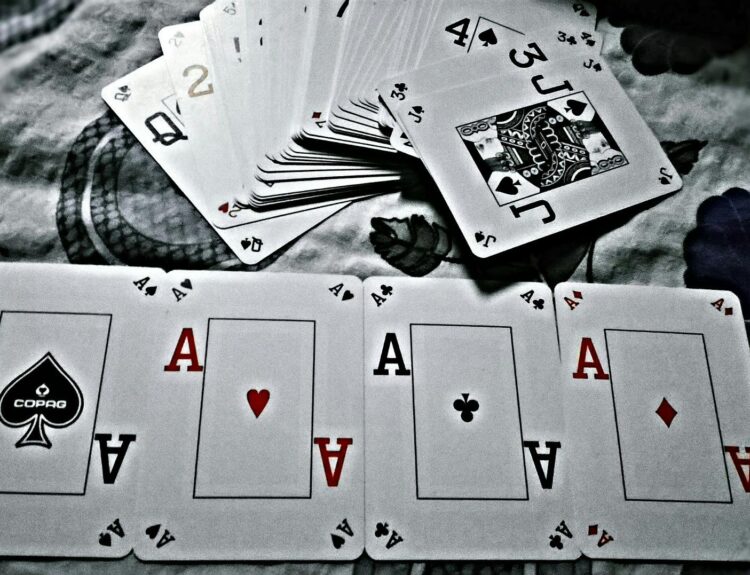The first-person shooter genre was forever changed with the release of “Halo: Combat Evolved” in 2001. However, it isn’t just the gameplay that left a lasting legacy; the visual elements of Halo, especially the game icons and banners, have evolved significantly over time. This evolution not only reflects advancements in graphics technology but also changes in artistic direction, showcasing how digital art can evolve within the realms of video game development.
The Dawn of Halo’s Visual Identity
In 2001, Halo’s initial release introduced gamers to a unique blend of science fiction and military elements, perfectly encapsulated in its iconic logo and banner. These elements utilized a minimalistic design, focusing primarily on the game’s title against a stark, space-inspired backdrop. The choice of a futuristic font and the emblematic halo structure intertwined to create an instantly recognizable brand identity.
Key Visual Elements in Early Halo
- Title Font: Bold and Futuristic
- Main Icon: A simplified representation of a Halo ring
- Color Scheme: Predominantly green and blue, reflecting the game’s alien landscapes and military thematics
The Evolution in the Xbox 360 Era
With the advent of the Xbox 360, Halo’s visual identity underwent its first significant transformation. The banners and icons for games like “Halo 3” became more detailed and began incorporating in-game assets, such as character models and key landscapes. This era saw a shift towards more dynamic compositions, moving away from the simplicity of earlier designs.
Advancements in Graphic Design
| Aspect | Original Halo | Xbox 360 Era |
|---|---|---|
| Detail Level | Minimal | High |
| Composition | Simple | Dynamic |
| Use of Characters | Limited | Frequent |
Digital Art in the Modern Halo Titles
As we entered the era of the Xbox One and beyond, the banners and game icons of Halo continued to evolve. “Halo 5: Guardians” and “Halo Infinite” notably feature highly detailed and cinematic artwork. These later titles emphasize a deeper narrative through their visuals, using character expressions and dramatic scenes to invoke emotion and curiosity about the game’s story.
Embracing Modern Digital Art Techniques
- Complex Lighting: Use of advanced lighting techniques to create mood and focus
- Richer Textures: Detailed textures that bring characters and environments to life
- Emotional Depth: Characters displayed with expressive faces to convey the game’s emotional tone
Conclusion
From its humble beginnings to the sprawling universes of the modern titles, the visual evolution of Halo’s game icons and banners tells a story of technological advancement and changing artistic visions. These developments have not only enhanced the aesthetic appeal of the franchise but have also played a critical role in conveying the expansive lore and emotional depth of the Halo saga. As we look forward to future releases, it’s exciting to anticipate how Halo’s visual identity will continue to evolve and inspire new generations of gamers.







